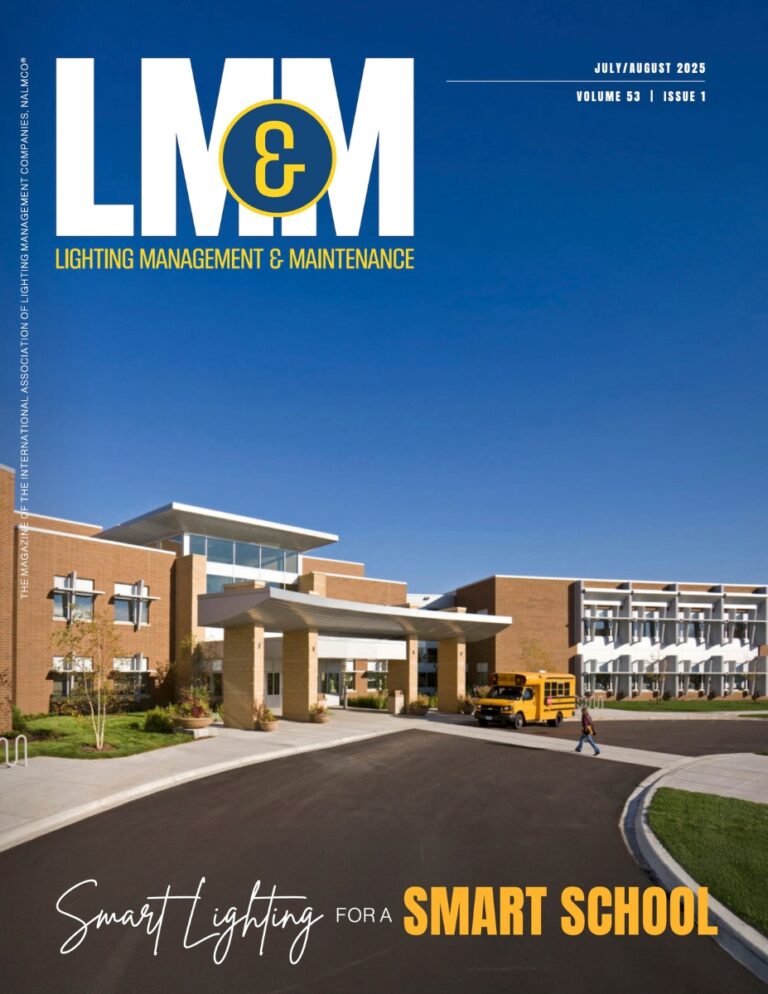Seoul Semiconductor Hosts European Symposium on
“Human-Centric Lighting & Health”
– Symposium on SunLike Series natural spectrum LEDs hosted at Light + Building exhibition in Frankfurt, Germany
– Professor Russell Foster from the University of Oxford, the world’s leading authority in light, sleep and circadian research, along with Dr. Manuel Spitschan from the University of Oxford and Dr. Octavio L. Perez from New York’s Mount Sinai Hospital delivered lectures on light, circadian rhythm, and health
– Initiatives at the L+B exhibition contemplated the future direction of lighting and the superior light quality of SunLike Series LEDs
– SunLike Series LEDs were awarded “Product of the Year 2018” for optoelectronics from Germany’s Elektronik magazine
Ansan, South Korea, March 29, 2018 – Seoul Semiconductor, a global innovator of LED products and technology, hosted a symposium featuring academics and industry insiders that focused on scientifically and objectively demonstrating the effects of light on health and circadian rhythm. Held on March 21 in conjunction with Light + Building 2018, the largest lighting exhibition in the world, Seoul Semiconductor’s symposium was entitled “Human-Centric Lighting & Health.”
The half-day symposium program consisted of several invited experts, including Professor Russell Foster from the University of Oxford, widely accepted as the leading authority in light, sleep, and circadian rhythm research; along with Dr. Manuel Spitschan from the University of Oxford, and Dr. Octavio L. Perez from Mount Sinai Hospital in New York. All three experts gave presentations on the effects of light on human health, and discussed the future direction of lighting.
According to Professor Foster, “Light not only allows us to perceive space, but also plays a critical role in enabling us to perceive time by controlling our circadian rhythm and sleep. To sustain a healthy and happy life, we must get the best sleep and keep our circadian rhythm at an optimum level. We also need to replace today’s artificial lighting systems that hinder our circadian rhythm with more human-centric lighting.”
In another presentation, Dr. Manuel Spitschan from the University of Oxford emphasized the impact of light on the body’s circadian rhythm, stating, “Light has an extremely significant impact on human eyes and brain, due to the photoreceptors in the retina. These receptors perceive red, green, and blue light, and accept the color spectrum in varying degrees.” Dr. Spitschan added, “In particular, intrinsically photosensitive retinal ganglion cells (ipRGC), deliver signals from light via a direct connection to the brain, and react more sensitively to blue light within a certain wavelength. When these cells are activated, it causes the body to inhibit the production of melatonin, a hormone that regulates sleep, therefore affecting the 24-hour circadian rhythm.”
Addressing the importance of sunlight in next-generation architecture standards, Dr. Octavio Perez from Mount Sinai Hospital in New York explained, “Typically, people who live in buildings with great lighting – in other words, buildings that get a lot of sunlight – are healthier and happier, compared to people living in artificially-lit indoor spaces. This is because artificial light features a spectrum that vastly differs from natural sunlight.”
“Artificial light, such as fluorescent light and LEDs that emit a spectrum with irregular light waves, hinder the user’s circadian rhythm and eyesight,” Dr. Perez continued. “In the long term, this exposure to artificial light is known to have a negative impact on the human body. However, the SunLike Series natural spectrum LEDs create light with a spectrum that is close to sunlight, offering significant benefits for eye protection and accurate color reproduction, making it an ideal lighting source for architecture, thus we expect it to become more popular in the field moving forward.”
Dr. Perez also stated, “Development in light fixtures which use natural light sources such as SunLike Series LEDs, will revolutionize future standards and design, as the construction industry applies even stricter standards to provide people with good quality light. As such, companies must focus on developing light fixtures that produce natural light.”
SunLike natural spectrum LED technology, developed by Seoul Semiconductor and Toshiba Materials, was awarded the Gold Award byElektronik (https://www.elektroniknet.de), a prestigious German magazine specializing in electronic components that has the largest number of subscribers in Germany.
Seoul Semiconductor global marketing group executive vice president Caleb Won said, “The researchers who were awarded the Nobel Prize in Physiology in 2017 identified the genes that govern the circadian rhythm, which controls the main functions of human behavior, including the level of hormones, sleeping, body temperature, and metabolism. Their research clearly shows the importance of maintaining the 24-hour cycle circadian rhythm formed by natural sunlight.”
Won continued, “This Symposium presented scientific, objective evidence on the impact of light on our circadian rhythm, sleep, and health. It was a meaningful opportunity to increase attention and awareness on the need for light fixtures that offer natural light, and to contemplate future directions for lighting. The SunLike Series LEDs, which recreate light that closely matches the natural spectrum of sunlight, promises to be the next-generation light source to lead the era of human-centric lighting.”
Image caption: Professor Russell Foster from the University of Oxford, a leading authority in circadian rhythm research, explains that light not only allows us to perceive space, but also plays a critical role in enabling us to perceive time by controlling our circadian rhythm and sleep.
About TRI-R technology
TRI-R is a registered trademark of Toshiba Material Co., Ltd. It is a natural light LED light source technology that reproduces the spectrum of natural sunlight, developed by the concept and spectrum technology of natural light.
About Seoul Semiconductor:
Seoul Semiconductor develops and commercializes light emitting diodes (LEDs) for automotive, general illumination, specialty lighting, and backlighting markets. As the fourth-largest LED manufacturer globally, Seoul Semiconductor holds more than 12,000 patents, offers a wide range of technologies, and mass produces innovative LED products such as SunLike – delivering the world’s best light quality in a next-generation LED enabling human-centric lighting optimized for circadian rhythms; WICOP – a simpler structured package-free LED which provides market leading color uniformity, cost savings at the fixture level with high lumen density and allows design flexibility; NanoDriver Series – the world’s smallest 24W DC LED Drivers; Acrich, the world’s first high-voltage AC-driven LED technology developed in 2005, includes all AC LED-related technologies from chip to module and circuit fabrication, as well as multi-junction technology (MJT); and nPola, a new LED product based on GaN-substrate technology that achieves more than ten times the output of conventional LEDs. UCD constitutes a high color gamut display which delivers more than 90% NTSC.
For more information about Seoul Semiconductor, please visit https://www.seoulsemicon.com





